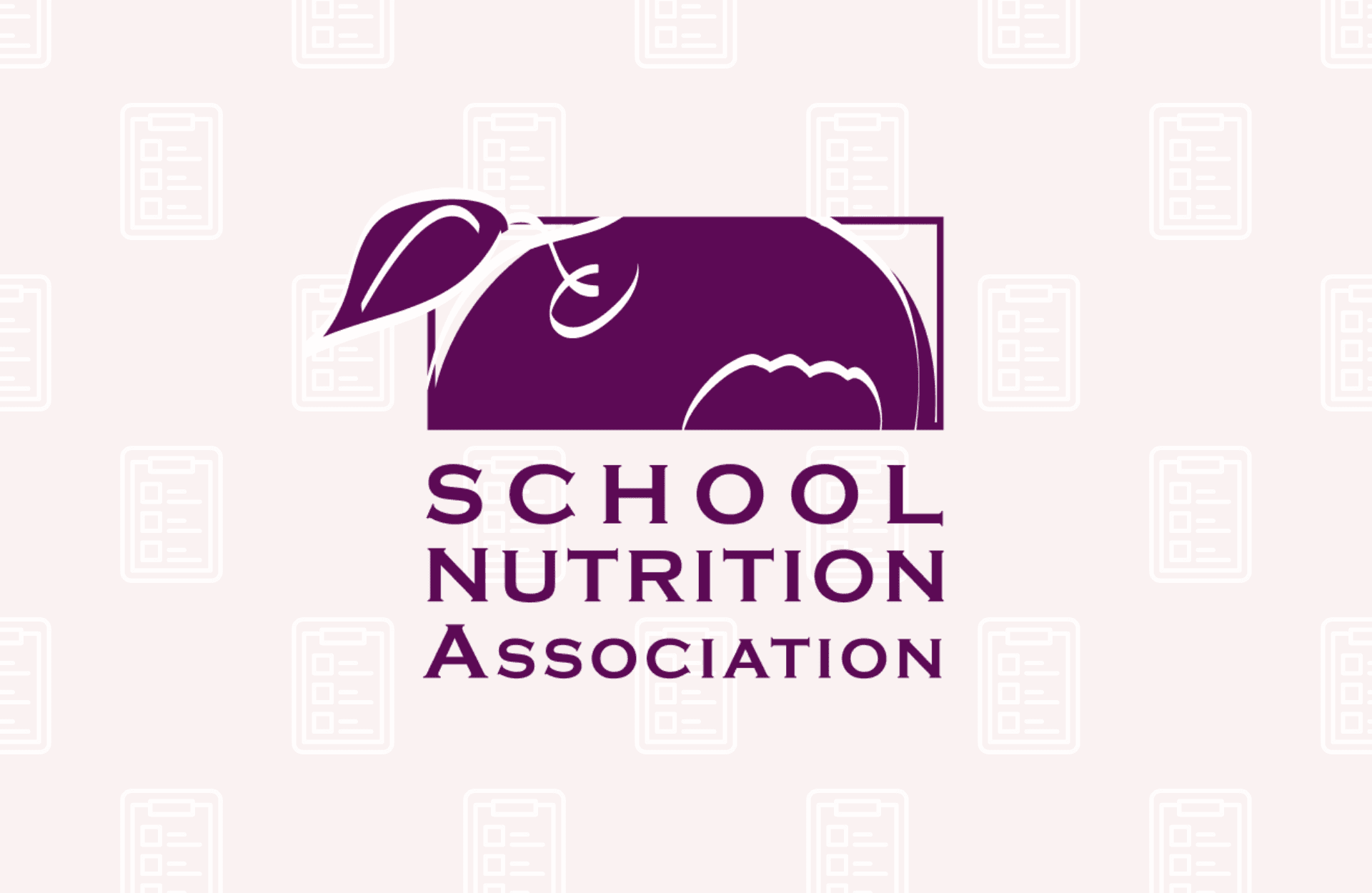FOR IMMEDIATE RELEASE:
Contact: Diane Pratt-Heavner
301-686-3124
mediae@schoolnutrition.org
SNA Member Testifies on Cost of Complying with School Meal Rules
2015-06-24
WASHINGTON, D.C. – Today, during a hearing before the House Subcommittee on Early Childhood, Elementary, and Secondary Education, School Nutrition Association’s (SNA) incoming Vice President, Dr. Lynn Harvey, RD, LDN, FAND, SNS,testified to the costs of complying with new regulations on school meals and snacks. As the Chief of School NutritionServices for the North Carolina Department of Public Instruction, Dr. Harvey, discussed how North Carolina schools have struggled with student acceptance of new menus and financial challenges under the new standards.
“Compliance has come at a significant cost for schools in North Carolina and, more important, for students,” said Dr. Harvey. “Student participation in school meals has declined by 5% under the new rules.”
Dr. Harvey highlighted challenges with the new mandate that all grains offered with school meals must be whole grain-rich. “For two years, local School Nutrition Directors have offered these items under ideal conditions and have encouraged students to try them. Yet, students continue to reject them because their taste, texture and appearance are quite different from that to which they are accustomed…Students’ dissatisfaction with whole grain-rich biscuits has led to a decline in breakfast participation in 60% of our school districts.”
Dr. Harvey also cited the higher cost of meeting the new rules’ mandates and a statewide loss of more than $20 million in a la carte revenue as a result of the Smart Snacks in School mandates. These factors have contributed to “significant financial challenges” in North Carolina’s school meal programs. “Over half of School Nutrition Programs in North Carolina are operating at a revenue loss. The average loss is nearly $2.5 million,” Dr. Harvey testified. She called for increased funding and flexibility under the rules to address these losses. Click here to read her complete written testimony, submitted to the Committee.
Dr. Harvey submitted to the record similar stories highlighting challenges in school districts in each of the Subcommittee members’ home states:
I believe that the new regulations were rushed toimplementation without taking into consideration the impact they would have onplate waste, food costs or customer acceptability. My grandkids go to one ofthe schools in my district and they used to LOVE eating lunch at school. NOW Iget complaints from them every day! (Arizona)
As a dietitian, I do believe it is important for childrento get the vitamins and minerals they need to support a healthy lifestyle, butwhen a lot of that ends up in the trash, it becomes a financial issue as well.There has to be a more cost effective way to get children the nutrition theyneed- but requiring them to take something that is going to go straight in thegarbage is wasteful. (Florida)
I have been offering andencouraging students to choose more 100% whole grains, but there are certainitems that just don’t go over well in a whole grain-rich variety. OurThanksgiving lunch was embarrassing – the whole grain-rich corn bread dressingwas sad, sad, sad. We need flexibility to allow exceptions for a few menuitems. (Oklahoma)
Ever since theimplementation of the new regulations, Bloomfield Hills School’s food servicedepartment has seen a decrease each year in the number of students buyinglunches. In addition we have seen a decrease in our a la carte sales after theSmart Snacks rule went into effect. If we were allowed to have more flexibilitywith the regulations we could find the items our students want to eat.”(Michigan)
Click here to read a complete list of the stories shared with the Committee.
School Nutrition Association supports most of the new regulatory requirements, including limits on calories and unhealthy fats, Target 1 sodium limits and mandates to offer more fruits and vegetables and a variety of whole grain foods. SNA is requesting greater funding and flexibility to address the financial consequences of overly restrictive regulations and allow schools to plan more appealing, healthy meals.
About School Nutrition Association:
The School Nutrition Association (SNA) is a national, non-profit professionalorganization representing 55,000 school nutrition professionals across thecountry. Founded in 1946, SNA and its members are dedicated to making healthyschool meals and nutrition education available to all students. For more information on school meals, visit www.SchoolNutrition.org/SchoolMeals.
Related Articles

SNA Urges MAHA Commission to Invest in School Meals
Read More

School Nutrition Professionals to Implore Congress to Protect School Meals
Read More




